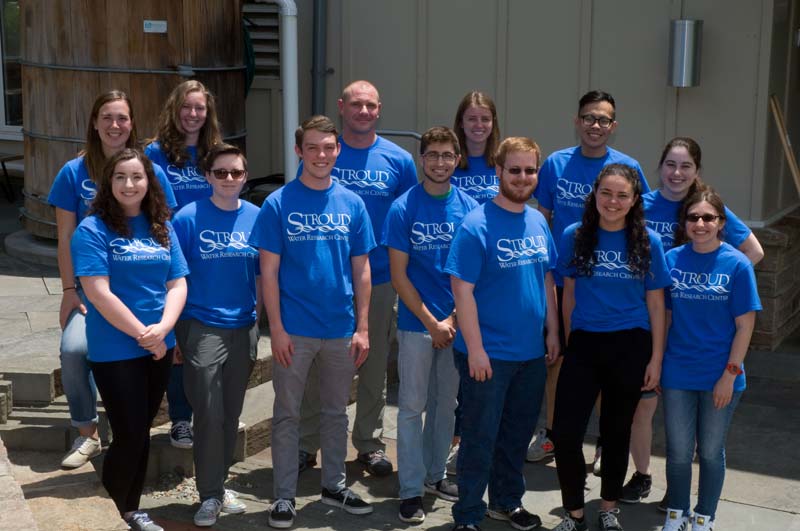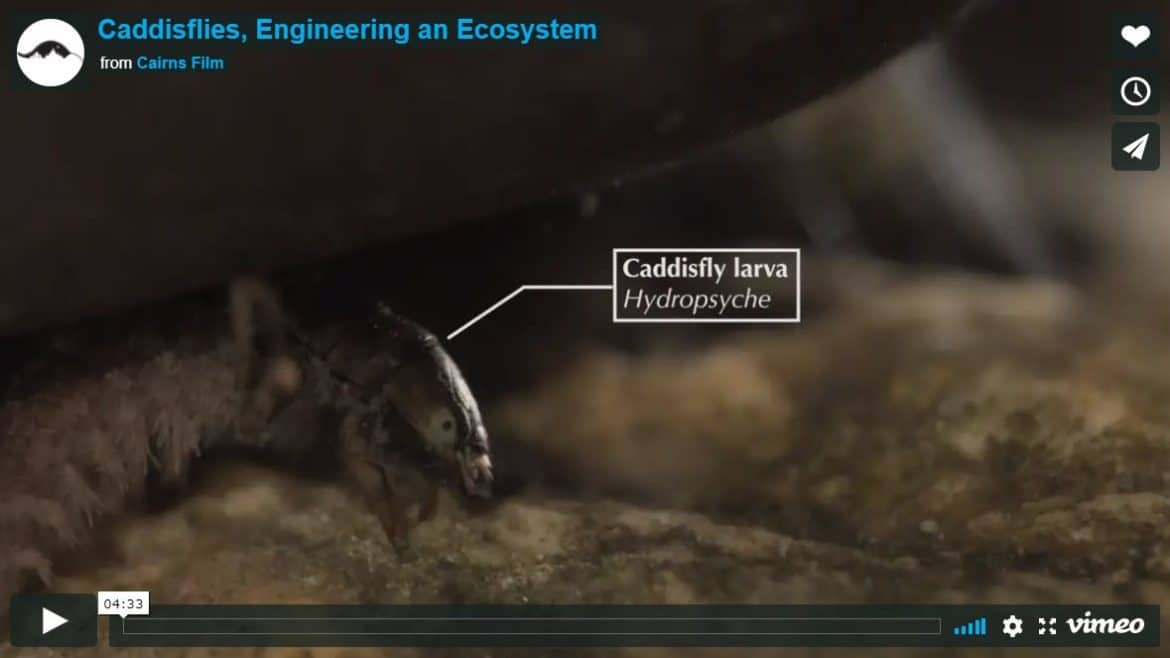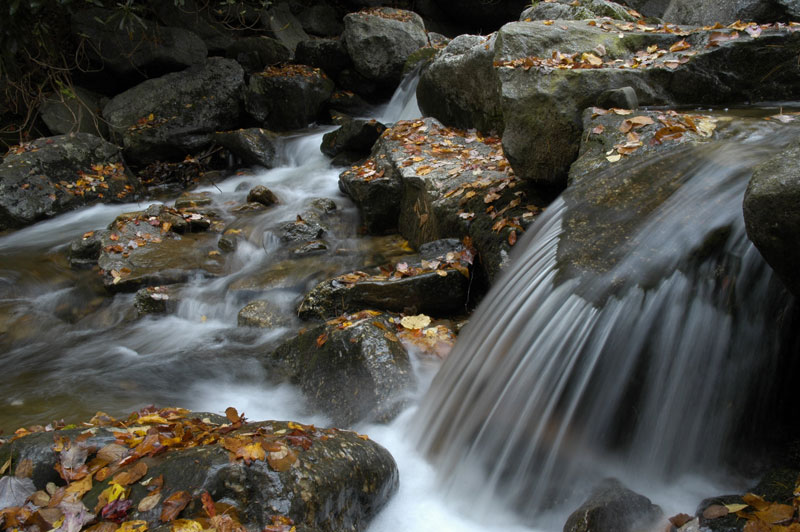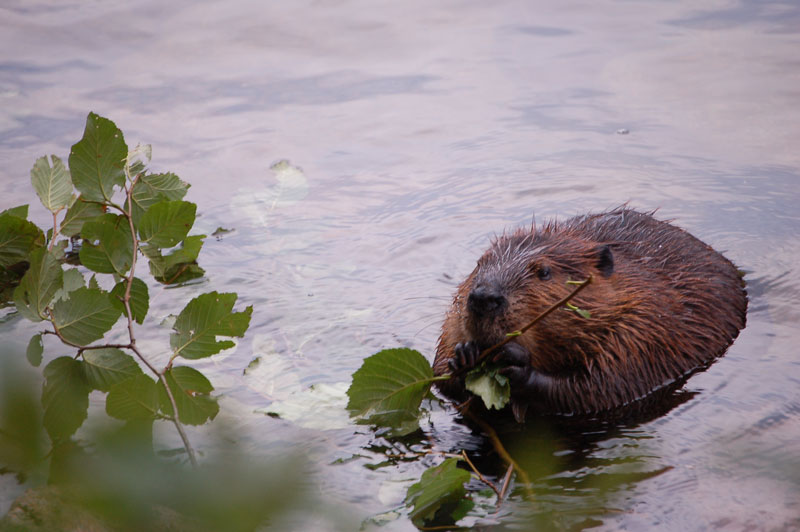An interdisciplinary approach to water management
https://stroudcenter.org/wp-content/uploads/publication-e1554320152730.jpg 350 210 Stroud Water Research Center Stroud Water Research Center https://stroudcenter.org/wp-content/uploads/publication-e1554320152730.jpgCaldas, M., M. Daniels, J. Bergtold, M. Sanderson, M. Mather, J.H. Stamm, D. Haukos, A. Sheshukov, and J. Aistrup. 2018. Scientia.






